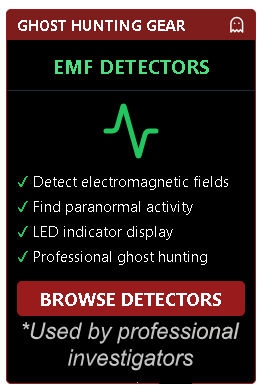
Place: Fengdu Ghost City
Location: Mingshan Mountain, Fengdu County, Chongqing Municipality, China
Phone: +86-23-70613323
Hours: Open daily from 07:00 to 17:20
Admission: 100 RMB per person
Website: Not readily available
History: Fengdu Ghost City, situated on Mingshan Mountain in Fengdu County, boasts a history of nearly 2,000 years. According to legend, during the Eastern Han Dynasty (25–220 AD), two imperial officials, Yin Changsheng and Wang Fangping, retreated to Mingshan Mountain to practice Taoism and achieved immortality.
The combination of their surnames, “Yin” and “Wang,” phonetically resembles “King of Hell” in Chinese, leading to the site’s association with the afterlife and the underworld. Over the centuries, the area evolved into a complex of shrines, temples, and monasteries dedicated to themes of the afterlife, integrating elements from Confucianism, Taoism, and Buddhism.
The construction of the Three Gorges Dam resulted in parts of the original city being submerged, but the main attractions on Mingshan Mountain remain accessible.
Hauntings: Fengdu Ghost City is renowned for its elaborate depictions of the afterlife, featuring statues, dioramas, and structures representing various aspects of Chinese hell (Diyu).
Visitors encounter numerous statues of demons and scenes portraying the punishment of souls, designed to convey moral lessons about virtue and vice. Key sites within the complex include:
-
Bridge of Helplessness (Naihe Bridge): A stone bridge built during the Ming Dynasty, serving as a test for souls transitioning to the afterlife. The middle arch is used for testing individuals, with different protocols based on age, sex, and marital status. Virtuous individuals are allowed to pass, while the wicked are believed to fall into the water below.
-
Ghost-Torturing Pass (Guimen Gate): The second test where souls present themselves for judgment before Yanluo Wang, the King of Hell. This area features large sculptures of demons and is believed to be the place where the dead report for judgment.
-
Tianzi Palace (Emperor’s Palace): The largest and oldest building in the complex, originally built during the Western Jin Dynasty. The current structure dates back to the early Qing Dynasty. In front of the palace, souls undergo the third test, standing on a stone on one foot for three minutes to determine their virtue.
While these elements are rich in cultural and religious symbolism, there are no specific reports of paranormal activity or hauntings associated with the site.
Personal Experiences: No readily available personal experiences.
Paranormal Activity Rating: Minimal (Rare occurrences)
For a visual exploration of Fengdu Ghost City, you might find this video insightful:
Sorry, no records were found. Please adjust your search criteria and try again.
Sorry, unable to load the Maps API.



